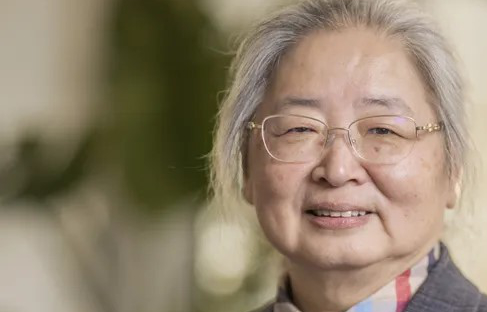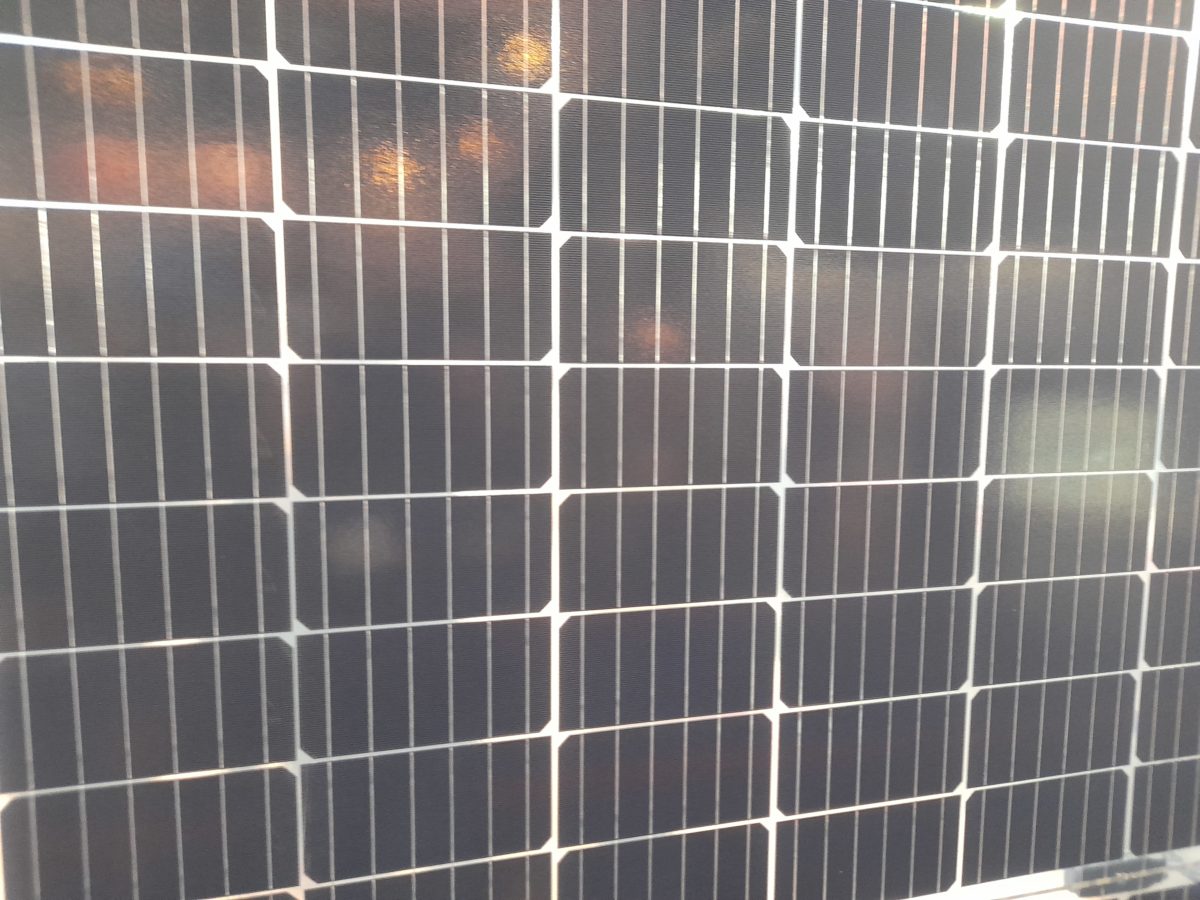pv magazine: What role do you feel PERC will play in the longer term now that alternative technology such as tunnel oxide passivated contact (TOPCon), heterojunction (HJT) and back-contact solar are vying to displace PERC and become the next mainstream PV choice?

Aihua Wang: The solar industry is developing rapidly. The pace of technology development is faster than ever, which puts pressure on the industry to find ways to increase efficiency, scale up and reduce costs. PERC cells’ low manufacturing cost and high performance means they have the majority market share.
Over the past 35 years, PERC cell research has underpinned significant progress and paved the way for new materials, processes, and structures such as TOPCon and HJT – technologies that bring further advantages.
I can envision that as the industry continues to progress and its scale increases, new technologies will continue to emerge and evolve. Nevertheless, the fundamental principles that have proven to be so effective for PERC cell technology also apply to these new structural innovations.
Do you think perovskite solar devices will ever become a viable, mass-produced option for solar power generation?
Perovskite solar cell technology has developed rapidly within a short timeframe. Ongoing research efforts are focused on enhancing stability, scalability, and overall performance. In contrast to silicon, perovskite materials exhibit sensitivity to moisture, potentially leading to degradation over time. Addressing stability and scaling issues is therefore paramount but such efforts require time and cost efficiency. There is a lot yet to be discovered with perovskite solar technology but it is a novel and promising method.
What is your experience as a female engineer in the solar sector?
Popular content
Personally, I try not to pay much attention to my gender. In a competitive environment, special treatment ought not to be the norm. However, within the semiconductor industry, of which solar cell technology is a part, female engineers who I’ve worked with have shared several traits that provide an advantage in this discipline. Whether it is their impressive attention to detail, an instinctive understanding of when the direction of an experiment or observation needs to change, or the tenacious pursuit of the goal, I know many female engineers who are as consistently brilliant as their male counterparts.
I have had the privilege of knowing many brilliant female engineers in the solar sector who collectively drive rapid progress in the industry.
My goal has always been to perform my job and work together with fellow researchers to the best of my abilities. Australia and its institutions have provided many opportunities to pursue my goals and the QEPrize has recognized me and my colleagues for achieving them. For this, I am eternally grateful.
What does it mean to be the first female winner of the QEPrize?
There are a lot of bright and talented young women in every corner of the globe but it is true that only a small proportion pursue careers in engineering. Accomplished female engineers who have achieved success in our profession can serve as role models not only to aspiring engineers but to all young people who are curious and who want to make an impact and have fun while doing so. Making female-led accomplishments in science and engineering more visible is vital if we are to inspire a new generation of women in engineering – hence the importance of accolades like the Queen Elizabeth Prize for Engineering. Our discipline will not reach its full potential without more women in the sector and so I hope that more are encouraged to achieve remarkable things through engineering, cultivating a brighter future and making contributions to both their communities and humanity. As the first female recipient of the QEPrize, I hope that this achievement increases the visibility of women in engineering and inspires more brilliant minds to explore the boundless realm of creativity within this field.
The views and opinions expressed in this article are the author’s own, and do not necessarily reflect those held by pv magazine.
This content is protected by copyright and may not be reused. If you want to cooperate with us and would like to reuse some of our content, please contact: editors@pv-magazine.com.


1 comment
By submitting this form you agree to pv magazine using your data for the purposes of publishing your comment.
Your personal data will only be disclosed or otherwise transmitted to third parties for the purposes of spam filtering or if this is necessary for technical maintenance of the website. Any other transfer to third parties will not take place unless this is justified on the basis of applicable data protection regulations or if pv magazine is legally obliged to do so.
You may revoke this consent at any time with effect for the future, in which case your personal data will be deleted immediately. Otherwise, your data will be deleted if pv magazine has processed your request or the purpose of data storage is fulfilled.
Further information on data privacy can be found in our Data Protection Policy.